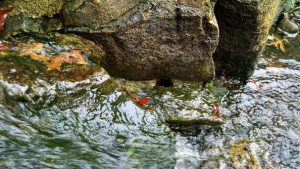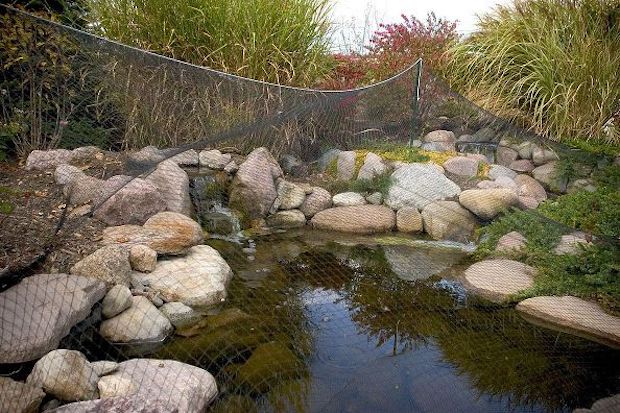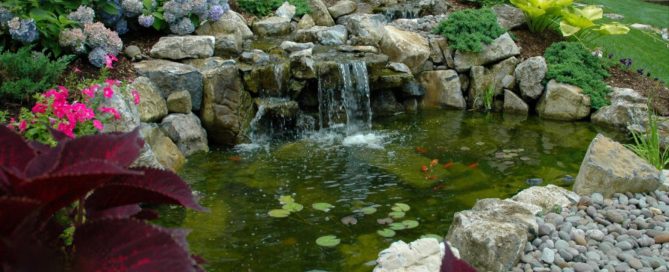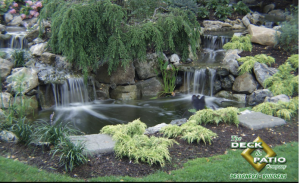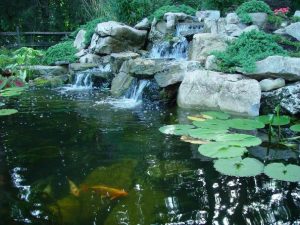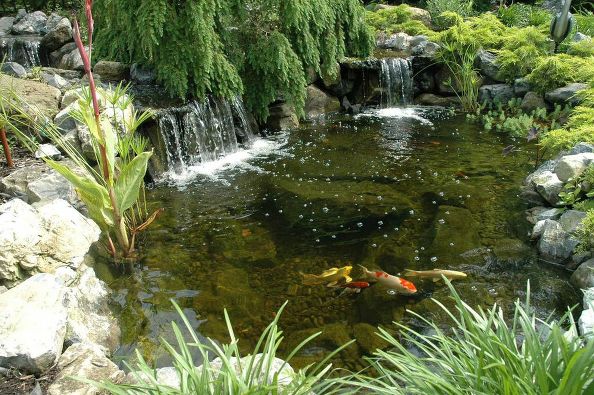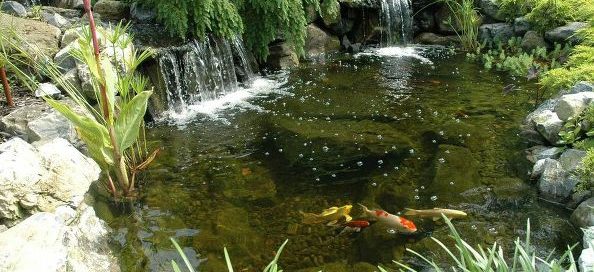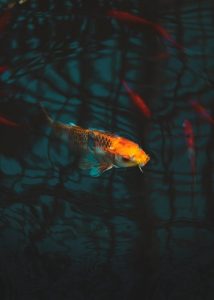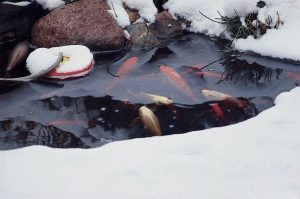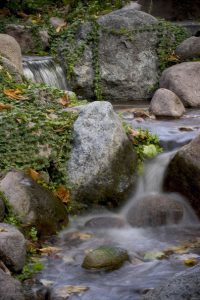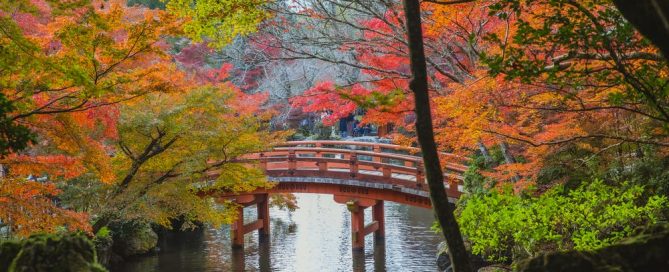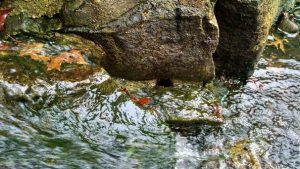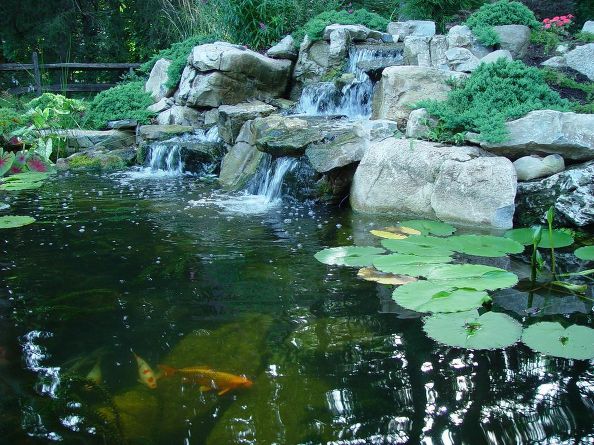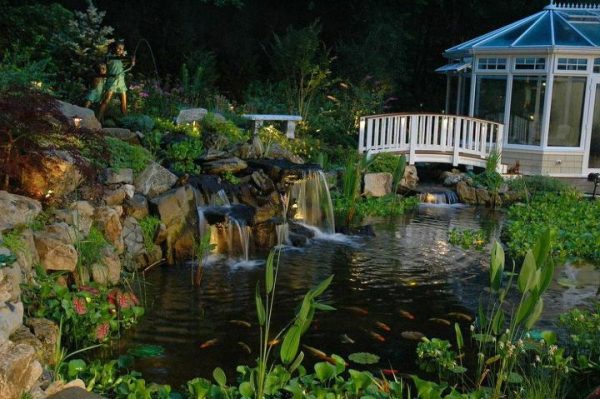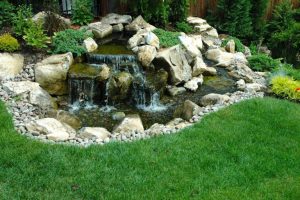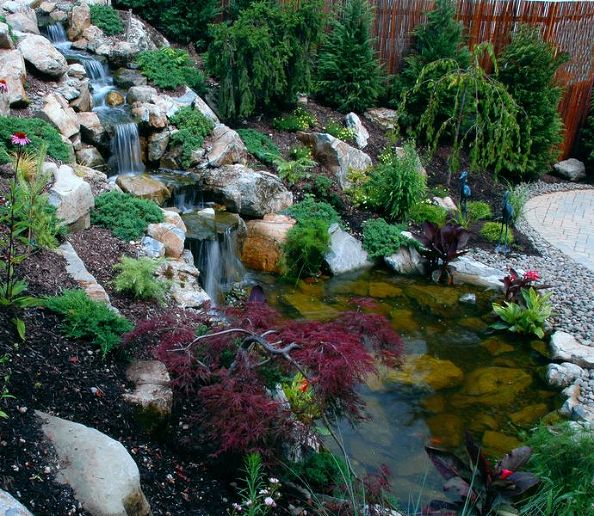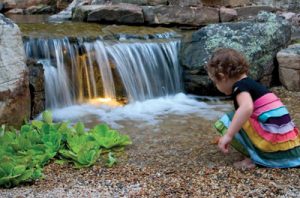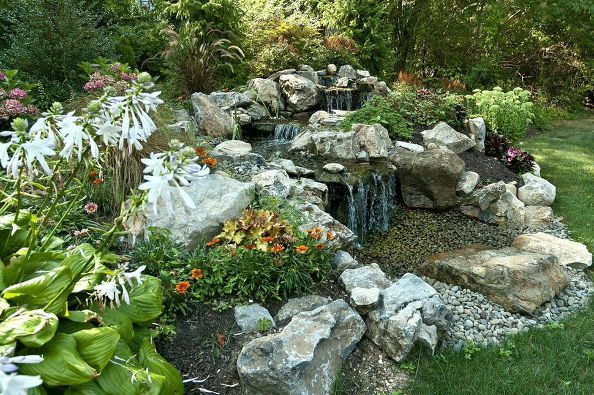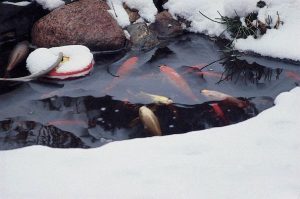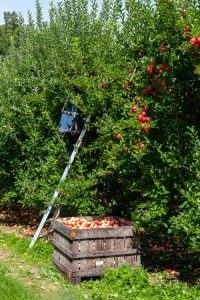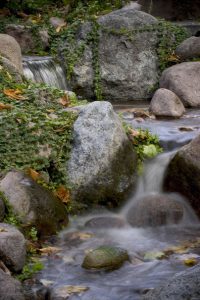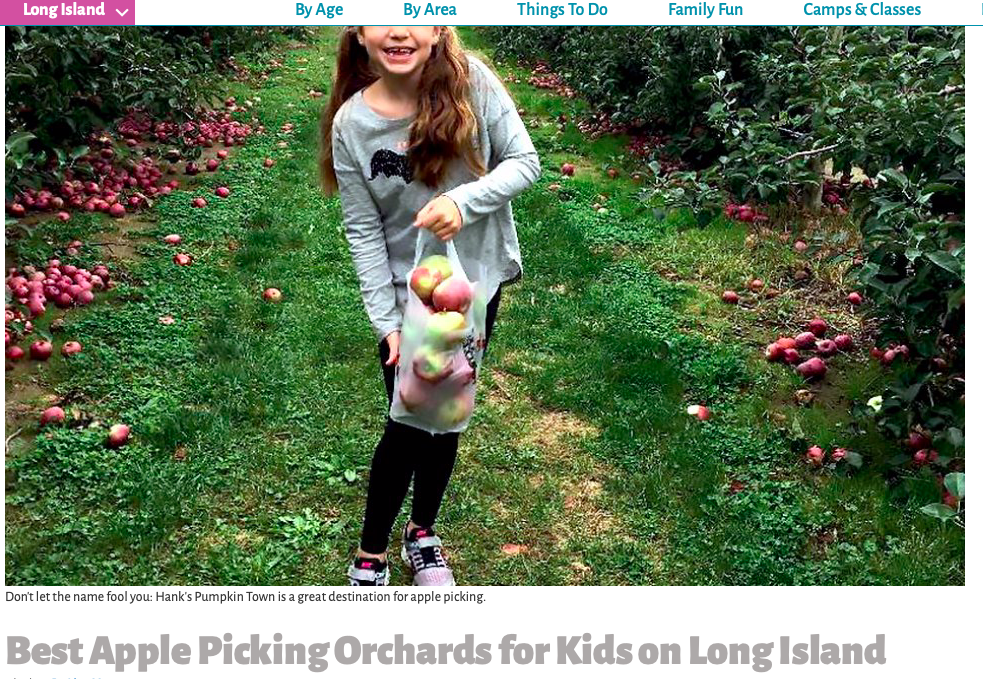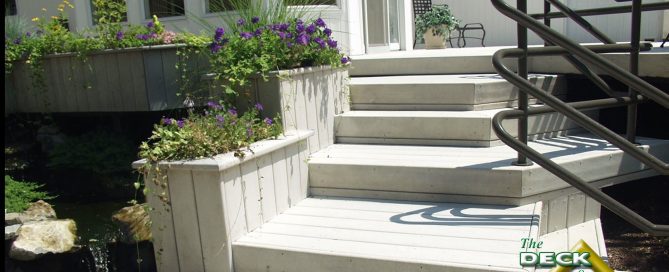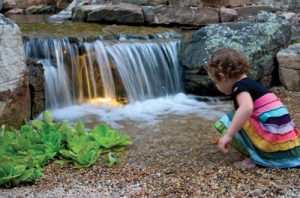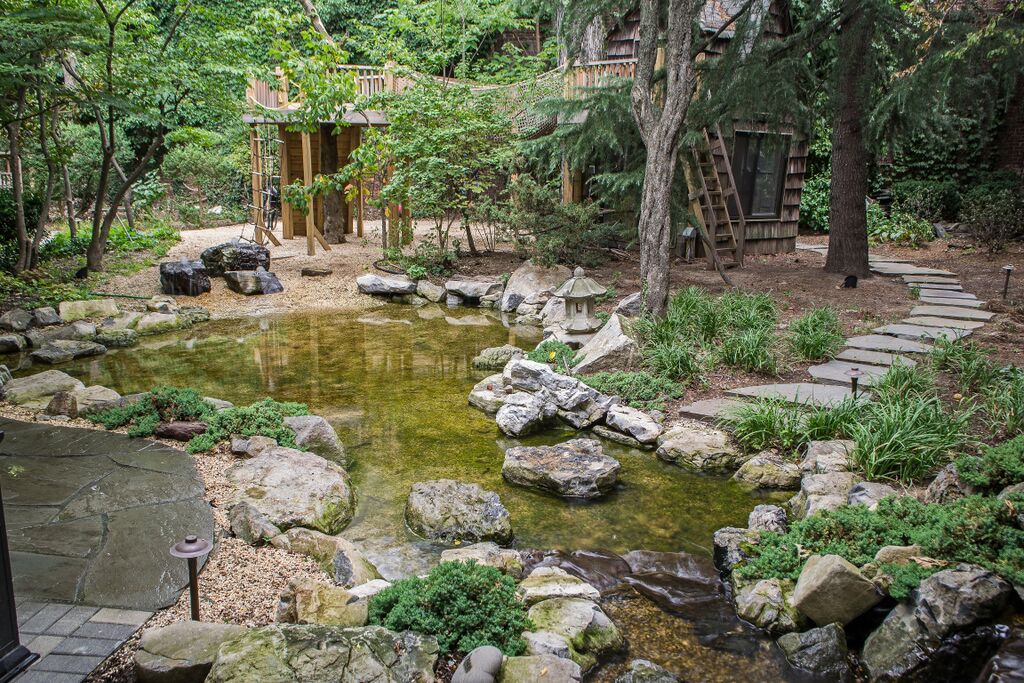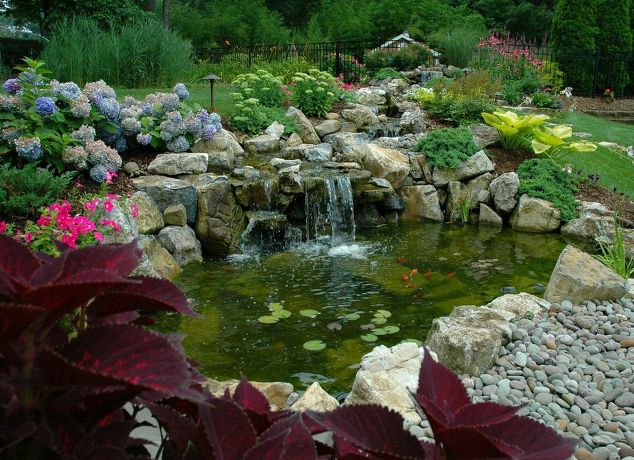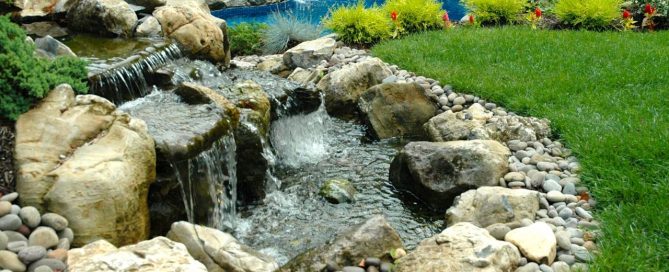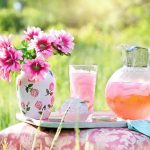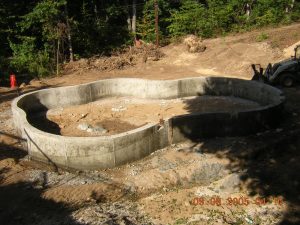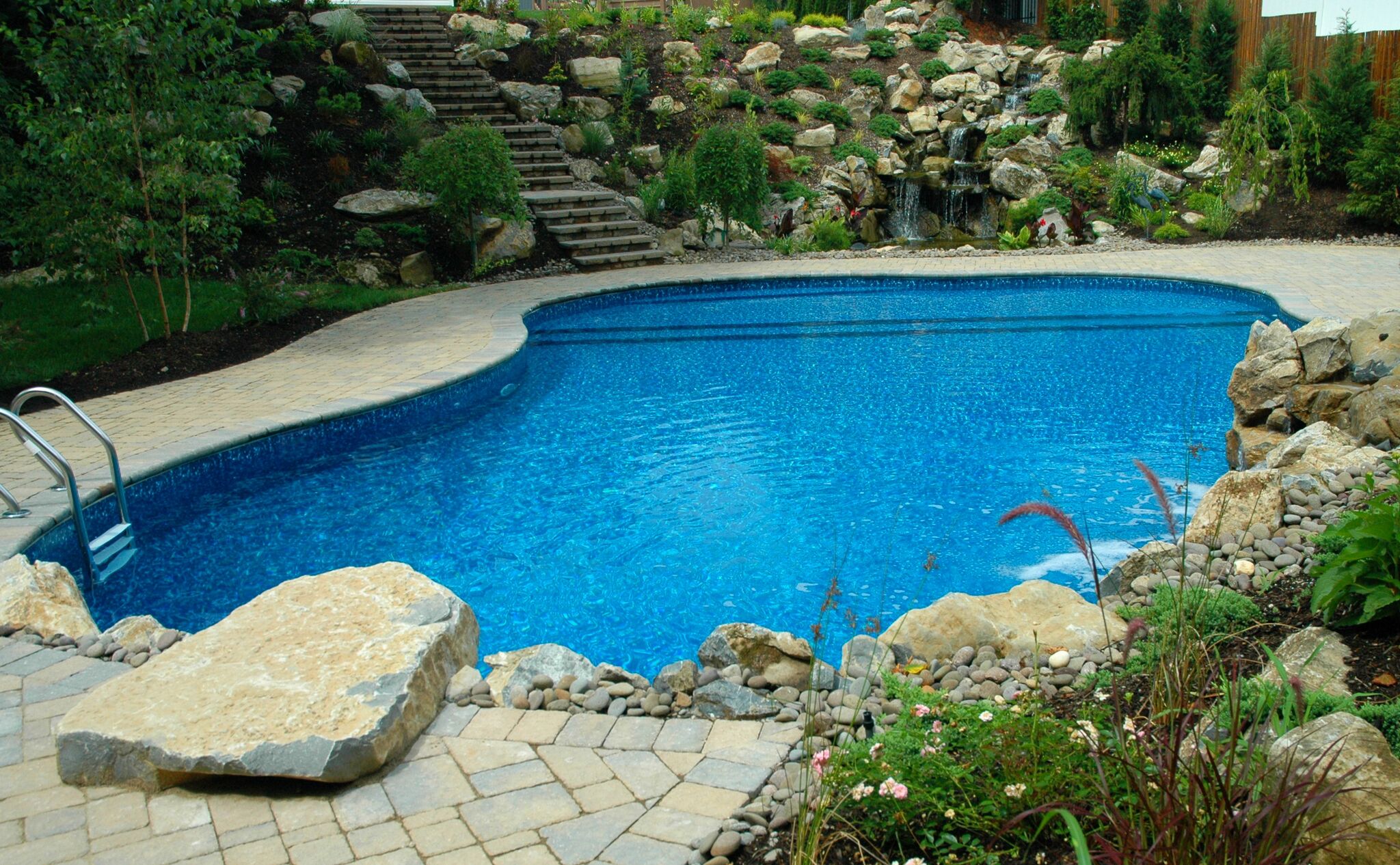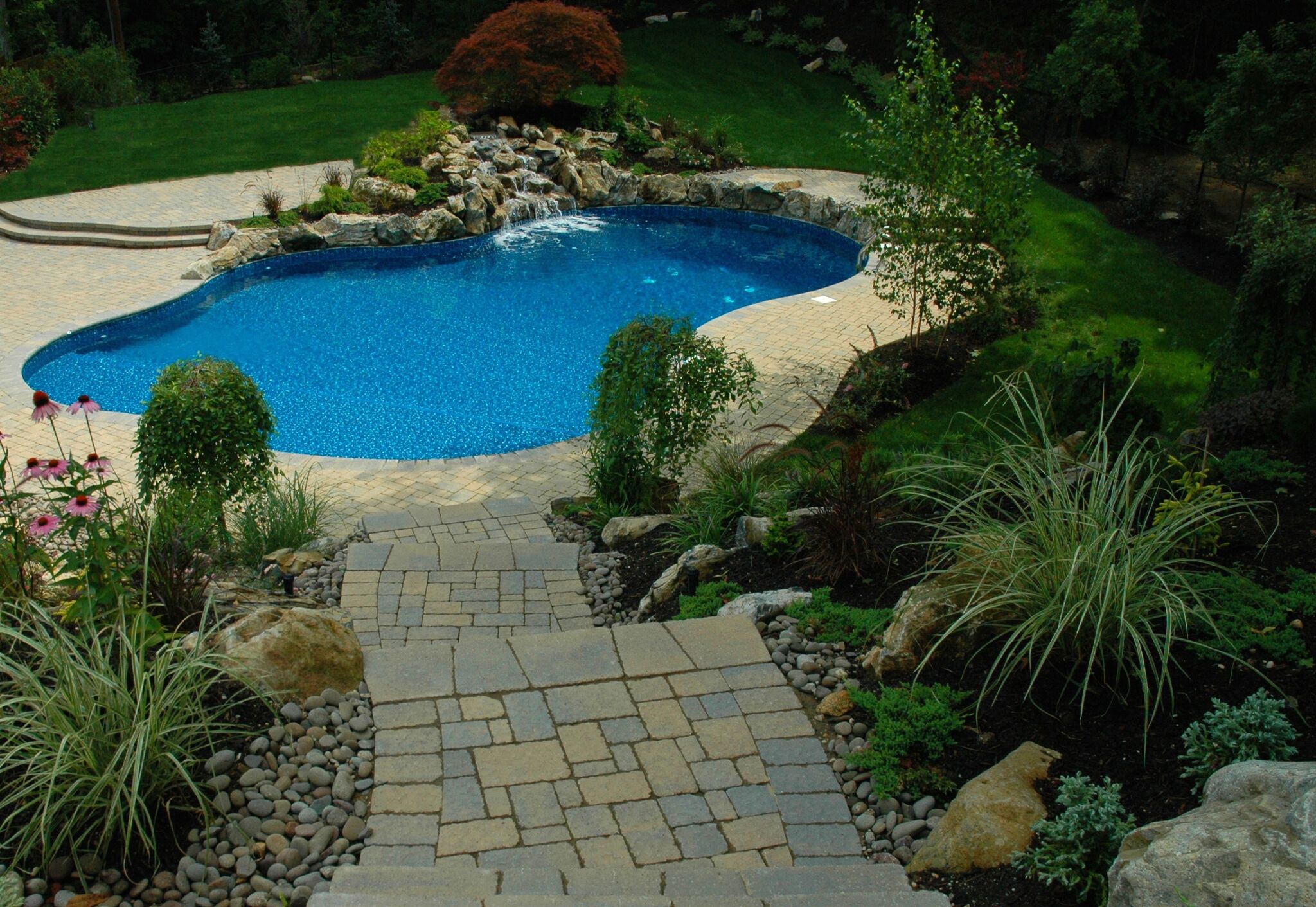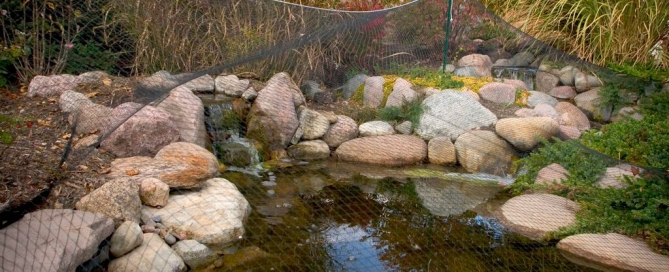Pond Netting Makes for Easy Fall Maintenance
For most of Long Island, NY, we are nearing the mid-point of fall foliage color change right now. That means there’s still time to do some quick preventative maintenance in and around your pond or water feature.
“Any leaves left in your feature’s water will cause a messy clean up come spring,” says our own Dave Stockwell.
But pond netting, Dave reminds us, will capture any falling leaves. “Plus it doesn’t ruin the enjoyment of your pond or water feature. Netting may not be the most beautiful addition, but it’s up only a short while.”
The key is to get your netting up before the leaves fall. Then simply pull it out once they’ve changed and dropped
“Just be sure to tent the netting so that it doesn’t sag into the pond water when it’s weighted with leaves,” adds Dave.
Dave adds that if you are late in putting up the netting, you can always use a long-handle pond net to clear out the debris. It’s just much easier if you use the netting.
Another good idea is to trim back and remove any dead foliage from the aquatic plants before or after you put up the netting. “This cuts down excessive organic material that might otherwise decompose in the water feature,” says Dave.
One of the plants that requires trimming is the pond lily. They are idyllic water plants but unless it is cut back to just about its base, it might droop over into the water. This is true of any other marginal plants you have around the edges of your pond.
Since some debris will make it into your pond no matter how hard you work, Aquascape Inc. recommends adding a cold water bacteria treatment, which has concentrated strains of beneficial bacteria that works well below 50 degrees (F). Their expert, Dave Kelly, recommends adding it routinely to help maintain water clarity and quality.
There may be a little work involved, but the joys of autumn are well worth it. Fall foliage viewing, apple picking, and evenings beside fire pits while the kids roast marshmallows — all working up to the big day: Halloween — is a very small effort to pay.


